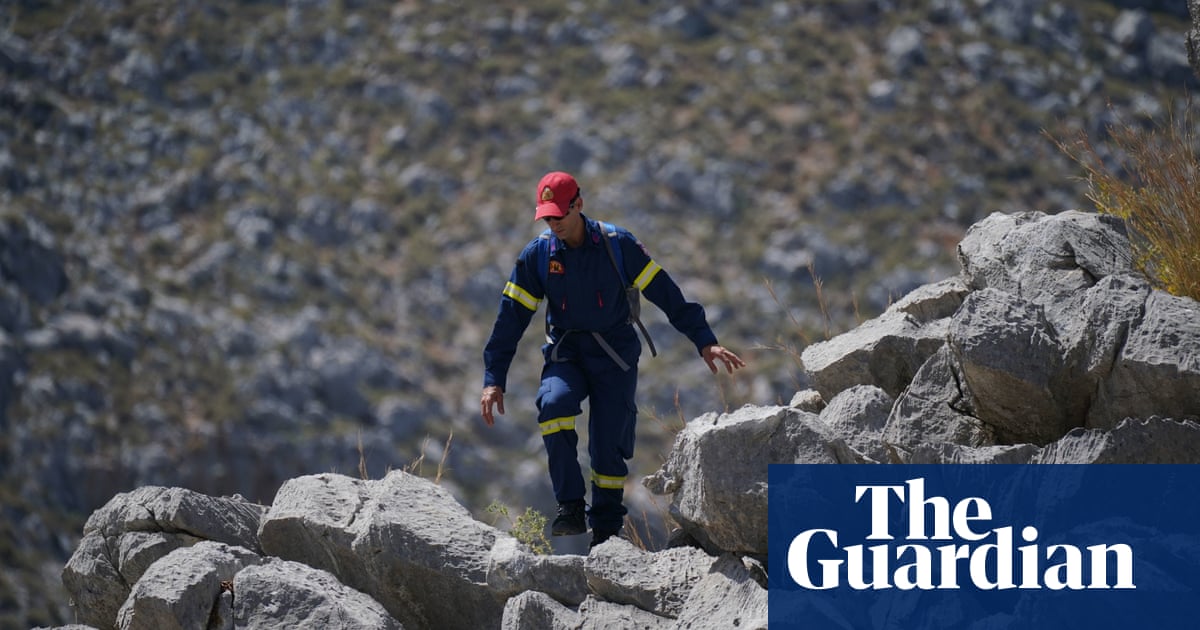Susan Solomon was born and raised in Chicago and got her PhD in atmospheric chemistry from the University of California, Berkeley. She is known for her work in the 1980s which established how the Earthâs protective ozone layer was being depleted by human-made chemicals. Her studies formed the basis of the 1989 Montreal protocol â an international agreement that helped eliminate 99% of these harmful solvents. Now a professor of environmental studies and chemistry at MIT, Solomon is the author of three books, the latest of which, Solvable: How We Healed the Earth, and How We Can Do It Again, applies lessons from past environmental successes to the climate crisis.
What got you interested in science?
Easy answer: Jacques Cousteau â I thought it was just the most incredible thing Iâd ever seen. But then I didnât really like biology, and I loved chemistry. As I started reading about planetary atmospheres I thought: Oh, my goodness, chemistry on a planet instead of in a test tube! I want to do that!
What prompted you to write this book?
Having done a lot of work on the ozone hole, one is constantly asked: âIf we could [solve the problem] for ozone, can we do it for climate change?â I had a lot of experience with the policy community with the Montreal Protocol [an international treaty to protect the ozone layer], as well as with the IPCC, so I learned a lot about how policy is made. And I was fascinated by the question of, why are these problems different?
What is the ozone layer and what does it do?
We wouldnât have life on the planetâs surface if we didnât have an ozone layer, because it protects us from ultraviolet light from the sun that would otherwise be very damaging to everything biological.
But by the 1980s it was becoming clear that we were depleting it through the use of chlorofluorocarbons (CFCs) in aerosols and refrigerators, among other things. We have many measurements that show we have increased the amount of chlorine in the Earthâs atmosphere by about a factor of six compared with the small amount nature can produce. So itâs overwhelmingly human-made chlorine and almost all of that is from CFCs â hairspray and underarm deodorant were the source of most of the worldâs emissions.
Despite the global scale of the issue, the ozone crisis was addressed remarkably quickly.
The level of standing infrastructure investment that the chemical industry had back then was relatively small compared to what the fossil fuel industry has today. It was only ever a dozen companies worldwide and a few billion dollars maximum. And the companies werenât really being forced out of the business; they were being forced to change their business, and they had different degrees of recalcitrance. The thing I like to tell my students is: donât imagine that industry is going to do the right thing just because itâs the right thing to do, thatâs not their job. Their job is to make money and your job is to hold them to account. So thatâs why the public and consumer actions are so important. Back in the 1970s, just the possibility of ozone depletion led lots of people in the US to get rid of spray cans and use underarm roll-on instead. That big phase out of voluntary consumer action had a massive effect on the market.
Aside from the ozone crisis, what did you learn from researching other issues such as smog and lead that we might carry forward to the fight against global heating?
Over the years in America and in the UK, we developed this anti-regulation mindset: regulation is bad, the market will find the best possible solution. Well, the market may find the most cost-effective solution. And the cost is the key thing there, and whether itâs best or not depends on your values, because if the market finds a solution that eliminates nature, some people would care about that. And what is actually the value of nature? And whatâs the value of your child not getting asthma? How do we put a price on that? We donât put a price on that, because they depend upon our values. This whole idea of, weâll do it the cheapest way and donât pay attention to your values â we just have to get past that.
Industry will continue to fight, just because they have an awful lot to protect. They have massive investments in fossil fuel infrastructure. And they have all these assets, whether it be the rights to go out and cut down this mountaintop and sell it as coal, or offshore oil rigs that are very expensive pieces of equipment. So you total it all up and itâs something in the order of a $40tn industry, completely dwarfing the chemical industry at the time of the CFC issue. But itâs interesting that the concept of stranded assets has become part of the vocabulary, and people are beginning to realise how much power they actually have, in terms of the way we make our investments â in your retirement fund, or your choice of bank. And so social choice is becoming part of the way people are thinking about bringing pressure on industries that are part of those assets. So this is all part of why Iâm optimistic.
after newsletter promotion
In the Guardian last month, 380 climate scientists were surveyed and many reported feeling despair â 77% of respondents believe global temperatures will reach at least 2.5C above pre-industrial levels and 42% think theyâll exceed 3C. Do you share their pessimism?
Well, the past calendar year has been a surprise â hotter than anyone expected it could or should be. Thereâs a lot of work going on to try to figure it out. So, yeah, that is certainly scary, but I donât share the pessimism. And I worry, frankly, about climate scientists being encouraged to take a particular stance. You see it go in both directions, but in this case there has long been a group of people out there who believe we should tell the worst stories we possibly can, because then the public will get it and wake up and that will enable change. That practice has not really worked. Also, you canât look at the [falling] price of solar energy and batteries and not see big change coming. And the idea that weâre going to go past 3C is very hard for me to see, because itâs pretty clear that the Paris agreement has already put us on a trajectory that wonât exceed that. Can we stay within 2C, given how the prices of clean energy have come down? Personally, I think we can.
One lesson from your book is that, if youâre an ordinary person worried about the climate crisis, the most impactful thing you can do is to band together with others to push for change.
Yes, that is the biggest impact, for sure. Itâs been the kickstarter in so many past environmental problems and it has already kickstarted us on this problem. For goodness sake, letâs not give up now, weâre right on the cusp of success. Thatâs the fundamental message of the book.
To come back to where we started with the ozone layer. Is there still a problem up there? Is it fixed now?
We have seen the chlorofluorocarbons going up, up, up and now coming down, down, down. So that has been spectacular, a massive environmental success story. And it involves every country in the world â the Montreal Protocol is the only UN agreement thatâs been signed by every country that was formally part of the UN. Thatâs pretty cool.
It also helped the climate change issue, by the way, because chlorofluorocarbons are very strong greenhouse gases. If we hadnât pulled back on them, weâd be looking at an extra degree of warming by 2050, and then, for sure, 2C would have been out of reach. But we checked a degree off by dialling down on chlorofluorocarbons. How cool is that?
-
Solvable: How We Healed the Earth, and How We Can Do It Again by Susan Solomon is published by the University of Chicago Press (£21). To support the Guardian and Observer order your copy at guardianbookshop.com. Delivery charges may apply









